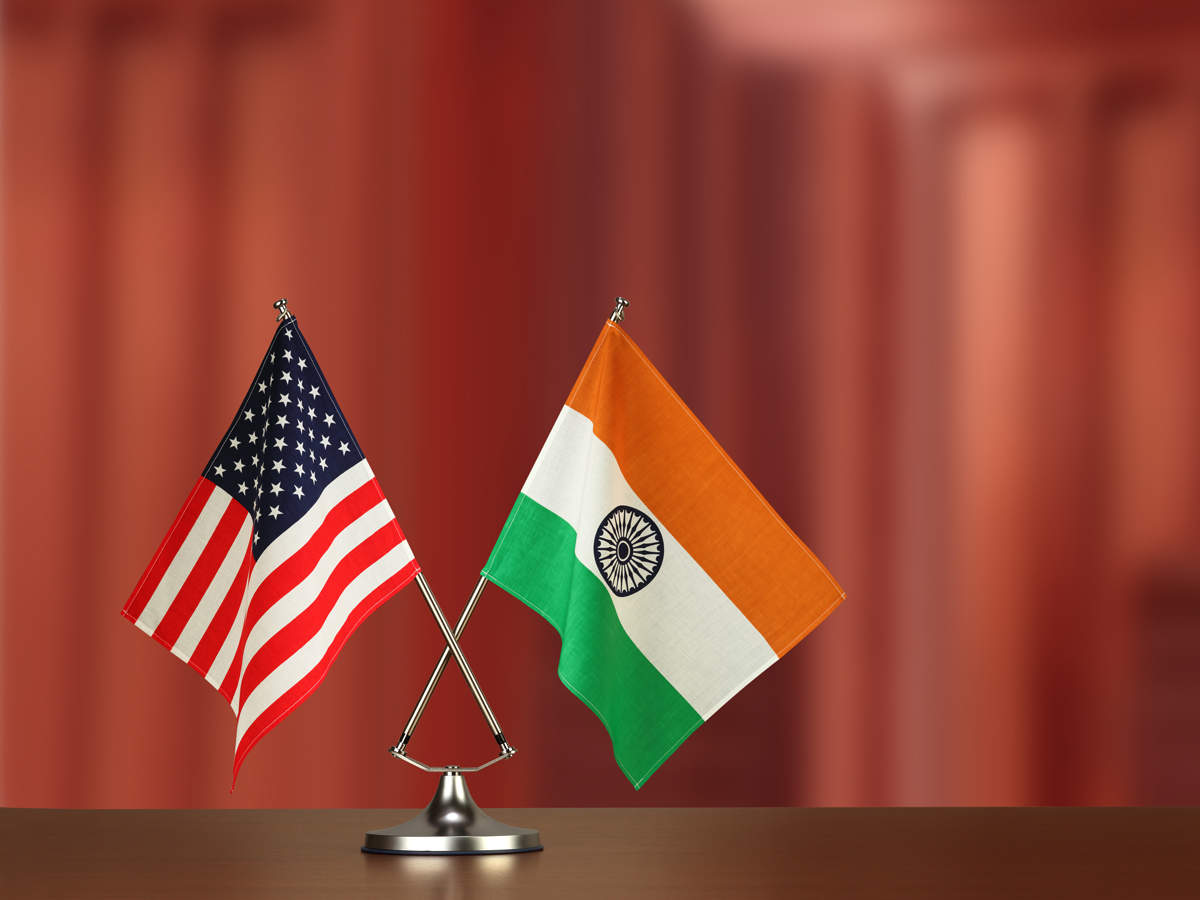Bilateral, Regional and Global Groupings and Agreements involving India and/or affecting India’s interests.
In News: Sanjaya Baru writes: Is India-US partnership an uncertain love affair?;Whether it is President Trump or President Harris, US-India relations must continue on an upward arc
The evolving dynamics of the India-U.S. relationship present a complex tapestry of opportunities and challenges. Comment.
The evolving dynamics of the India-U.S. relationship represent a multifaceted interplay of strategic interests, economic collaboration, and geopolitical considerations characterised by a complex interplay of opportunities and challenges.
Opportunities:
- Convergence of interests: Both nations share growing interests in areas like counterterrorism, climate change, and economic cooperation.
- India and the U.S. have collaborated closely on counterterrorism efforts, including intelligence sharing and joint operations against terrorist groups.
- Both countries are committed to addressing the challenges of climate change and have collaborated on initiatives such as the International Solar Alliance.
- India and the U.S. have been engaged in expanding economic ties, with increasing trade and investment flows between the two countries.
- Counterbalancing China: The rise of China as a global power has strengthened the India-U.S. strategic partnership as both seek to counterbalance Beijing’s influence.
- India and the U.S. have participated in joint military exercises and naval patrols in the Indo-Pacific region to signal their shared commitment to regional security.
- Both countries have expressed concerns over China’s aggressive behavior in the South China Sea and have supported international rules-based order.
- Economic Ties: The two countries have witnessed substantial growth in trade and investment, leading to economic interdependence.
- India is a major destination for U.S. investments, with American companies setting up operations in various sectors of the Indian economy.
- The India-U.S. Trade Policy Forum (TPF) has been established to address trade-related issues and promote bilateral trade.
- Technological Collaboration: India and the U.S. have collaborated on various technological fronts, including defence, space, and information technology.
- India and the U.S. have jointly developed advanced communication satellites and defence technologies.
- The two countries have collaborated on initiatives to promote digital development and cybersecurity.
Challenges:
- Trade Disputes: Differences over tariffs, intellectual property rights, and market access have strained bilateral trade relations.
- The U.S. has imposed tariffs on Indian goods, including steel and aluminium, leading to trade tensions.
- India has been criticised for its policies on intellectual property rights, particularly in the pharmaceutical sector.
- Human Rights and Religious Freedom: Disagreements on human rights and religious freedom issues have created tensions between the two countries.
- The U.S. has expressed concerns over India’s treatment of religious minorities, particularly Muslims.
- India has criticised the U.S. for its policies on immigration and refugees.
- India’s Relationship with Russia: The U.S. has expressed concerns over India’s close relationship with Russia, particularly its military cooperation.
- India’s purchase of Russian military equipment, such as the S-400 missile defence system, has strained its relationship with the U.S.
- Domestic Political Considerations: Domestic political factors in both countries can influence the trajectory of the bilateral relationship.
- Changes in government or political leadership in either India or the U.S. can lead to shifts in policy priorities and affect the bilateral relationship.
- Domestic political pressures can sometimes constrain the ability of governments to make concessions or compromises in negotiations with the other side.
- Espionage scandals: Incidents like the alleged “murder-for-hire” plot involving a pro-Khalistan extremist have strained India-U.S. relations.
Despite these challenges, the India-U.S. relationship remains a vital strategic partnership with immense potential. By addressing their differences and building on their areas of cooperation, the two countries can forge a stronger and more enduring relationship that benefits both nations and contributes to global stability and prosperity.
| PYQ: “What introduces friction into the ties between India and the United States is that Washington is still unable to find for India a position in its global strategy, which would satisfy India’s National self- esteem and ambitions” Explain with suitable examples. 2019‘Indian diaspora has a decisive role to play in the politics and economy of America and European Countries’. Comment with examples. 2020 |

